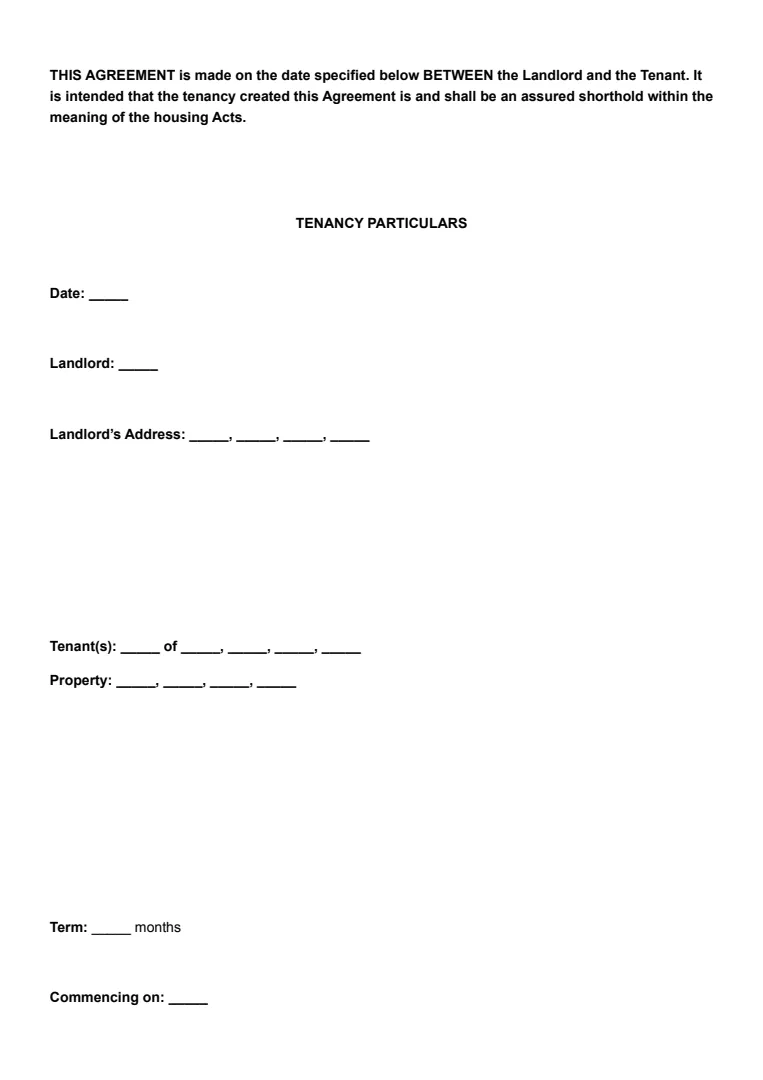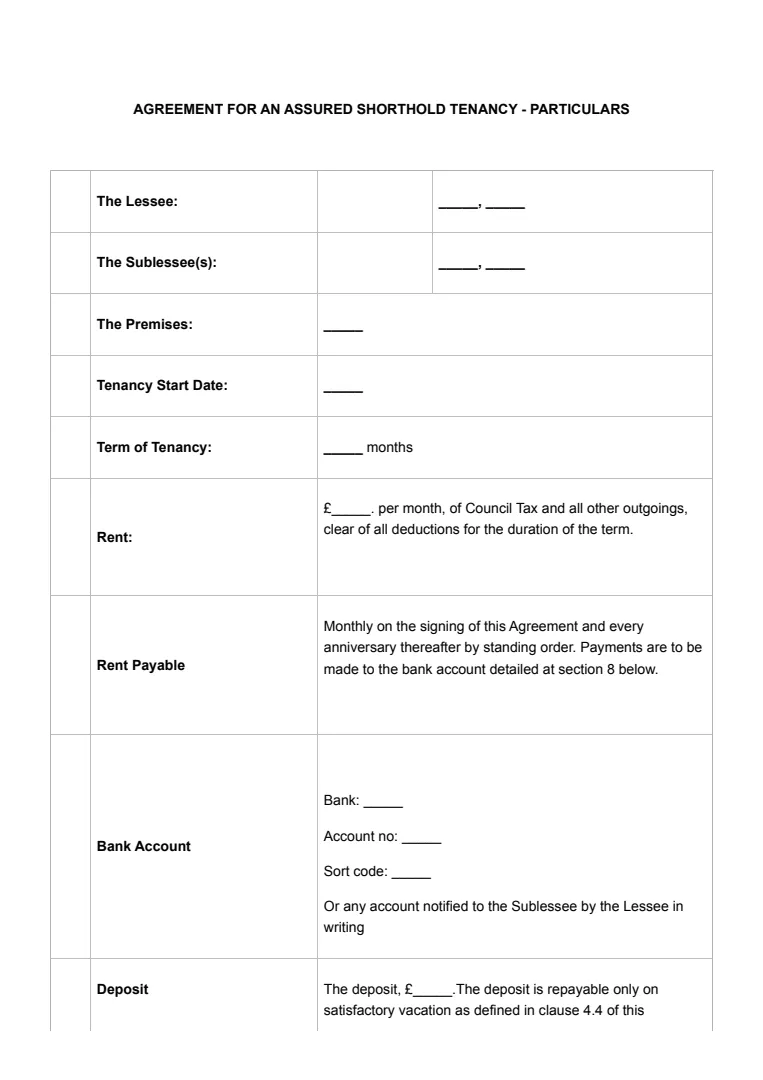What Is an Eviction Notice?
An eviction notice is the start of the legal process to end a tenancy. These notices are essential tools for landlords but have different purposes.
If you're a landlord or a tenant renting under an assured shorthold tenancy, you'll probably come across either a Section 21 or Section 8 notice.
Section 21 Notice
A Section 21 notice is often called a ‘no-fault’ eviction. This means that as a landlord, you don’t need to provide a specific reason for regaining possession of your leased property.
This notice is usually served at the end of a fixed-term tenancy or during a periodic tenancy.
Section 8 Notice
On the other hand, a Section 8 notice is used when the tenant has breached the terms of the tenancy agreement, such as by not paying rent.
Landlords must specify the grounds for eviction as laid out in the Housing Act 1988.
Other Tenancies and Notices
Rules can be different in some cases, such as an assured tenancy. You might also encounter terms like excluded tenancies or regulated tenancies, which have unique eviction processes.
Both landlords and tenants must understand the type of tenancy agreement they have, as this affects their rights and the notice requirements.
Summary of Eviction Notices
- Private landlords often use these notices to inform their tenants of an eviction process.
- Notice requirements can vary based on the type of tenancy held.
- Issuing a clear eviction notice is crucial for landlords. It sets out the date by which your tenant must leave the property and any grounds for eviction, if applicable.
- If you're a tenant, always ensure to read the notice carefully and seek advice if needed.
When Is an Eviction Notice Needed?
Eviction notices are essential in several situations involving tenant behaviour or circumstances. For example, if a tenant falls behind on rent, rent arrears can warrant an eviction notice. Landlords often use this path when the amount owed becomes unsustainable.
Cases of antisocial behaviour also call for serving an eviction notice. This type of behaviour includes any disruptive actions by a tenant that affect neighbours or the community.
A landlord may also need to serve an eviction notice when a lease period ends and there's no intention to renew the tenancy. Even if the tenant hasn't breached any conditions, an eviction process might be initiated legally.
Another scenario involves illegal activity. If your tenant engages in activities against the law, an eviction notice is necessary to start formal proceedings. This helps maintain a safe environment.
As a landlord, issuing an eviction notice to handle illegal eviction risks is crucial. This ensures you follow the legal route to recover property, avoiding complications later.
A judge and sometimes the high court can become involved in specific cases, particularly if a tenant disputes the notice or refuses to vacate. Going through the courts ensures the process remains fair and lawful for both parties involved.
How to Write an Eviction Notice
If you’re a landlord, writing an eviction notice might seem daunting. However, by following these steps, you’ll create a legally sound and clear notice for your tenant(s).
Step 1: Identify the Correct Grounds
First, you need to determine the reason for the eviction.
If you're evicting someone in England, you might use a Section 21 or Section 8 notice, depending on the circumstances. With a Section 8 notice, you'd need specific grounds, such as rent arrears or breach of tenancy terms.
Check if your situation aligns with these grounds.
Step 2: Gather Necessary Details
Collect all necessary information about the tenancy. You'll require the tenant's full name, the property address, and any lease agreement particulars.
It's also wise to have your energy performance certificate, gas safety certificate, and tenancy deposit information on hand in case these details are needed.
Step 3: Draft the Notice
Start writing your eviction notice by including all these details clearly. State the tenant's name and the property address, and specify the grounds for eviction.
If it's a Section 8 notice, ensure you mention the specific grounds from the Housing Act 1988. Clarity is crucial here to avoid any misunderstandings.
Step 4: Specify the Notice Period
Include the required notice period depending on the type of eviction notice. Notice periods can vary, so check the current legal requirements.
For instance, a Section 21 notice currently requires at least two months' notice, whereas a Section 8 may vary.
Clearly state the date by which the tenant must vacate the premises.
Step 5: Include Essential Documentation
Attach necessary documents like the energy performance certificate or gas safety certificate, if applicable.
Also, mention whether the tenancy deposit is protected and provide information on the deposit protection scheme you're using.
This shows your compliance with legal requirements.
Step 6: Review and Deliver the Notice
Finally, carefully review the completed notice for accuracy.
Once reviewed, deliver the notice to the tenant. You can serve it in person or send it via registered post to ensure receipt.
Make sure to keep a copy for your records and note the date it was served.













